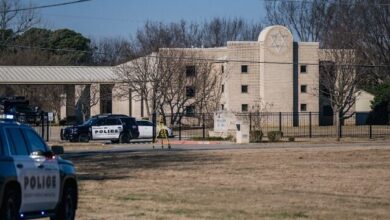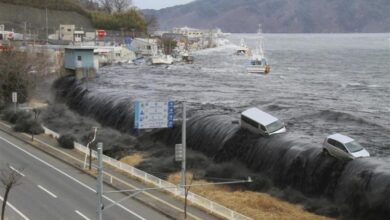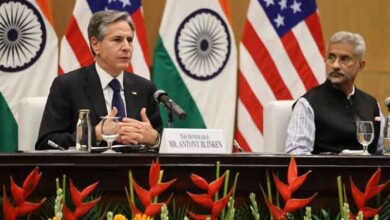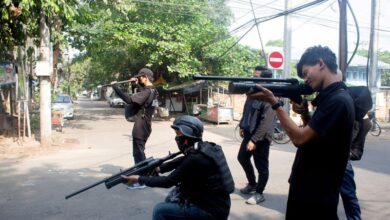
YANGON: Residents of a protest flashpoint district in Myanmar’s biggest city fled on flatbed trucks and motorbikes on Tuesday as security forces defied global calls for restraint and maintained their use of lethal force against anti-coup rallies.
Much of the country has been in uproar since the military ousted civilian leader Aung San Suu Kyi last month, with hundreds of thousands taking to the streets to demand a return to democracy.
Police and soldiers have used tear gas, rubber bullets and live rounds to subdue crowds in near-daily crackdowns, along with blanket nightly internet shutdowns to stop protesters from mobilising.
The junta has also throttled mobile data nationwide, delaying news of crackdowns against demonstrations.
On Tuesday, one protester was killed in central Sagaing region before noon when security forces opened fire.
The deadliest day so far in the six weeks since the army deposed Suu Kyi’s government was on Sunday, with the AAPP reporting 74 killed after the violent suppression of anti-coup unrest across Myanmar.
The majority of those killed came from the impoverished Hlaing Tharyar township in Yangon, a garment-producing area in the commercial hub with mostly Chinese-owned factories — several of which were razed on the same day.
Tuesday morning saw its residents — many of whom are migrant workers — pile onto flat-bed trucks and cars, which inched forward on a traffic-clogged road.
Families carried their belongings in tarp bags and bundled their children into tuk-tuks as well.
The mass exodus comes after the junta imposed martial law over the Hlaing Tharyar and five other townships, home to about two million people — more than a quarter of the sprawling city’s population.
US Secretary of State Antony Blinken condemned the junta on Tuesday for its lethal use of force against protesters, accusing it of “brutally repressing” them.
Despite the threat of lethal violence, protesters continued taking to the streets across Myanmar — albeit in smaller numbers.
In central Sagaing region, one demonstrator was killed by around noon.
“He was shot in his abdomen… his body has been sent back to his family,” a rescue worker with a local emergency team said.
Angered by his death, anti-coup demonstrators gathered in front of the local police station by afternoon.
So far, more than 180 people have been killed since the coup, according to the AAPP, adding that even civilians not participating in the anti-coup protests had died in the crossfire on Monday.
The declaration of martial law over six townships effectively gave complete control to military commanders and sidelined civilian administrators and judges, said Melissa Crouch, a Myanmar law expert.
“The use of martial law is extremely troubling and… represents a significant decline in the situation in Myanmar,” the University of New South Wales academic said.
Anyone arrested in the six townships imposed under martial law faces trial by military tribunal, with sentences ranging from three years’ hard labour to execution.
For inhabitants of Hlaing Tharyar, the situation remains chaotic and fear has settled in as soldiers and police are deployed on main roads.







